Isthmus of Agratekt, The (/a.'gra.tɛkʔ/, /a.'gra.tɛ.kɛt/)
Inakesh, I urge you to open your eyes to these dire times we now live in—if only to look after your family’s welfare, if not to allay your brother-in-law’s worries. I must be entirely frank with you now. A third dry winter befalls Phesharat. Not a second, remember, but a third. As I write this, I can hear from my window field workers clamoring outside the central granary; they have sharpened their farming tools and now brandish them as they march in circles, demanding that the keeper-of-grains meet with them. That will not be a peaceful meeting when it takes place. I know from visiting the market—merely out of habit, These days—that Phesharat’s fate is not unique. Mounds of alabaster and a collection of lapis ornaments bound for Hawatu lay abandoned at their stalls for lack of buyers. Hawatu has neither wheat nor barley to exchange for them. Now is not the time to plea with Nuhashu, to offer up whatever produce you can spare in hopes of returns for the coming year. Better if you pack what’s left of it with your other belongings. You’ll need the energy for the trip ahead if you and yours are to find a place with enough water for all.In the popular imaginations of present-day people across Northwest Tahuum Itaqiin, the Isthmus of Agratekt is a vast, inhospitable wasteland which, seemingly miraculously, once hosted a thriving civilization whose wondrous ruins now dot its landscape. This is not a wholly unfair characterization of Agratekt. Home to the cultural complex of Old Agratekt, the Isthmus has seen vast changes to both its environment and its cultural landscape over the past five or so millennia. Although the Isthmus was among the early cradles of civilization in the Northwest, as the region was likely fed by formerly abundant rivers and generous coastal fogs, contemporary Agratekt would be nigh-unrecognizable to its first inhabitants given its unexplained desertification and the multiple upheavals of its civilization.- An unsigned message, two tablets in length, found insidethe storage space of a rural abode in northwest Agratekt,c. 3102 HE
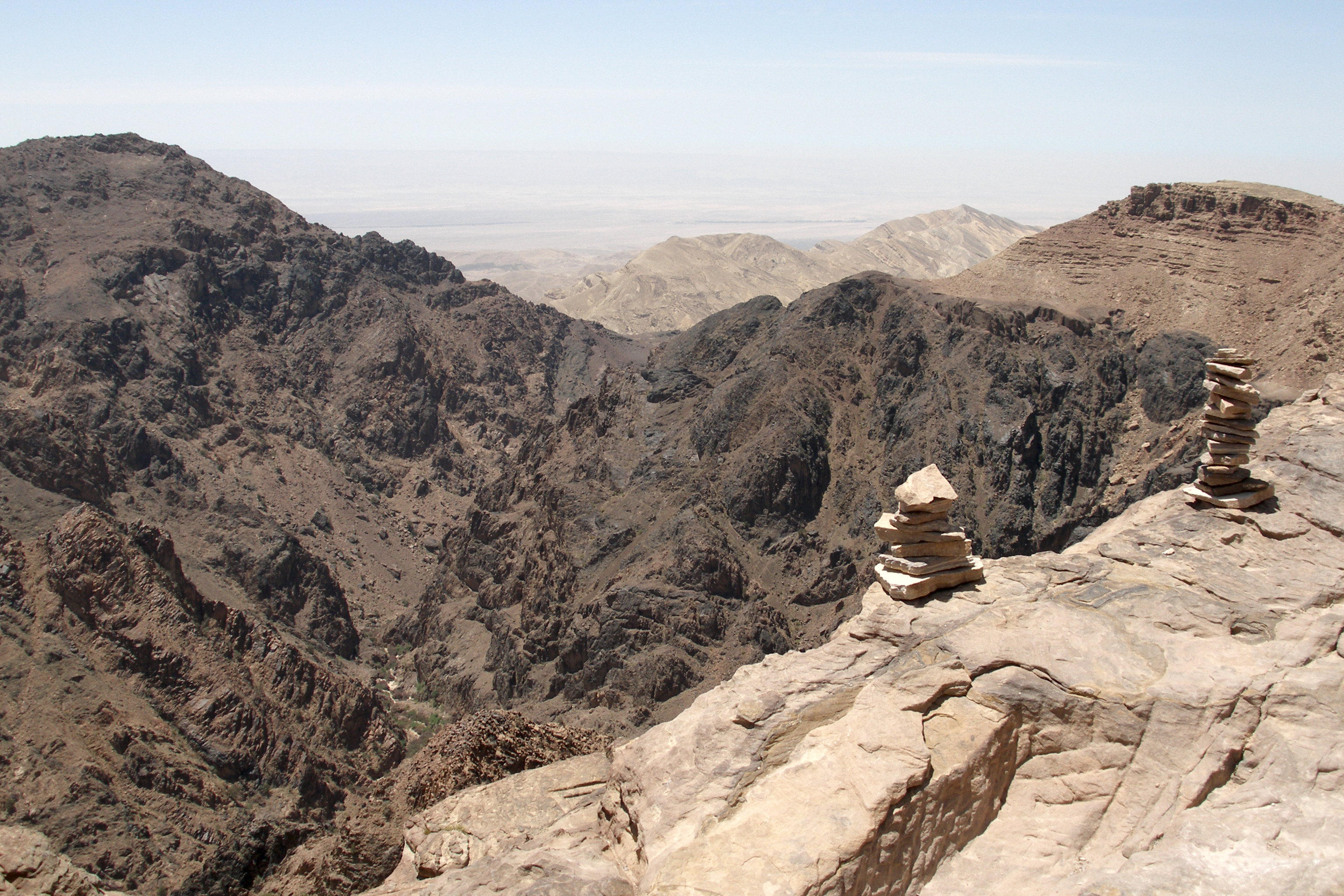
Road to Mount Hor, Petra, Jordan by Vyacheslav Argenberg
Geography
The Isthmus lies between the Haifatneh Basin to its east and the Depthless Ocean to its west. Its defining geographic features are maktash, valley-and crater-like formations with ribbed edges formed from erosion. Although the region's maktash lend its landscape considerable topographic variety, overall altitudes remain rather low, and the low-lying, rocky open spaces get exceptionally hot as the day goes on. Thus, virtually the whole of Agratekt consists of hot deserts toward the western coast and slightly less dry hot steppes toward the Haifatneh Sea. Most of the moisture which does grace the parched expanse is owed to seasonal fogs that drift in from the Haifatneh Sea and more rarely the Depthless Ocean.
Mist flowing over the coastal foothills from the Depthless Ocean to the west. Or, as locals and frequent visitors are fond of calling it, "a rainy day in Agratekt."
Both the Isthmus’s geographic features and early Agratekti historical records indicate that the region once received considerably more moisture. By the second century of the third millennium HE, however, royal archives, prayers recorded by Agratekt’s many ancient priesthoods, and graffiti carved into some of the region’s oldest temple ruins all lament the drying of once-essential canals and reservoirs. Blame for this calamity is assigned variously to the worship of improper gods, the improper worship of proper gods, and most ominously, rare claims of the weakness of the Agratekti divinities against unknown forces. (Whereas the expeditions of the Order of the Returning Light reported rampant wickedness and debauchery endorsed by the region’s numerous cults, it is more likely that these cults were already weakening in influence and political power due to shrinking bases of support.) All of this being said, Agratekt’s seemingly permanent drought might just as readily be blamed on the *success* of its civilization up to the third millennium, for water shortages were most widely reported in those subregions which hosted the most intensive agriculture. A level-headed assessment of the region’s natural history suggests that a combination of environmental and human factors—likely not the wrath or mischief of neglected gods—is to blame for this calamity which shook Agratekti civilization to its core.
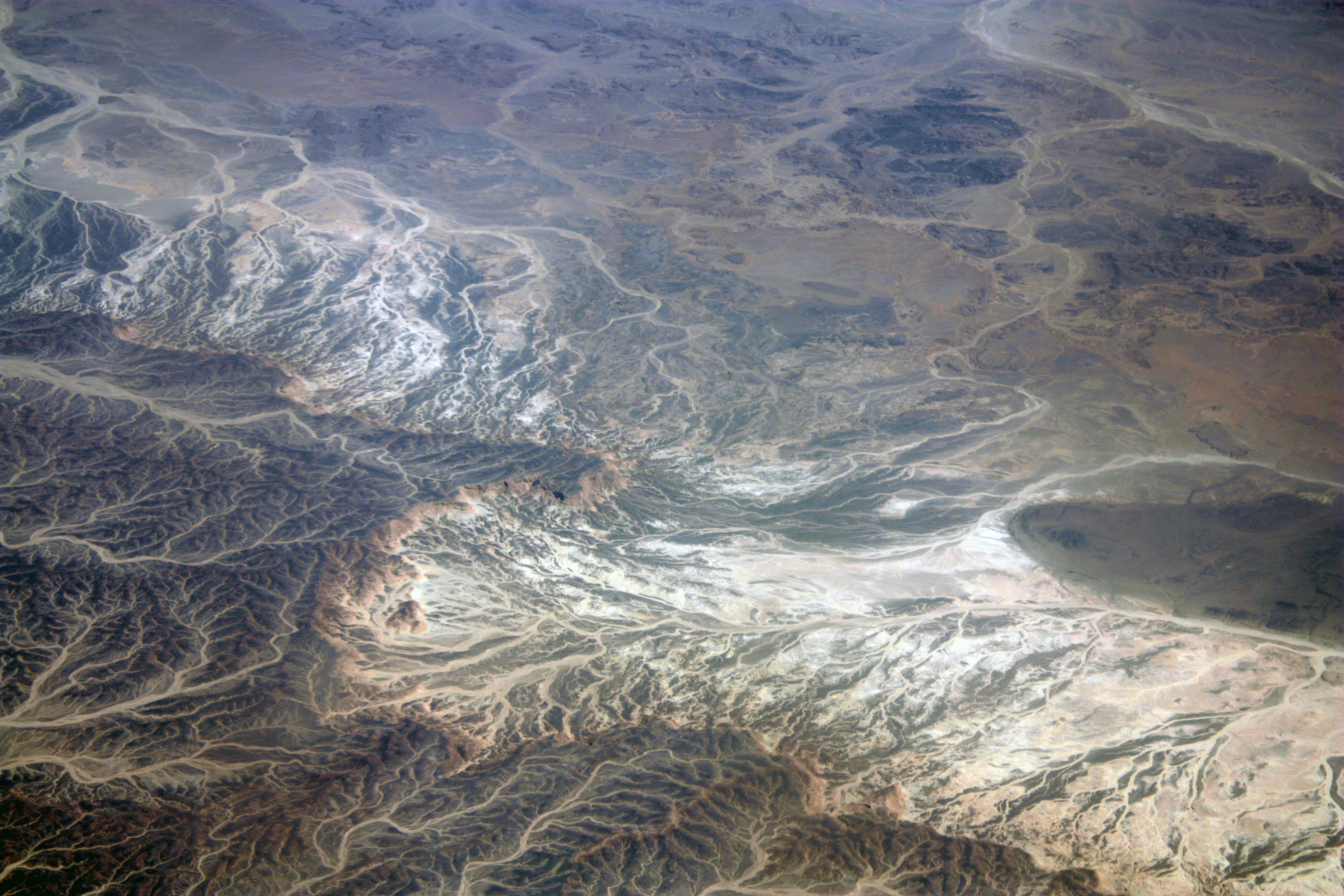 When viewed from a sufficient height, the light-colored veins of dry, eroded soil running across the landscape are clear indicators that abundant rivers once fed a thriving hub of civilization.
When viewed from a sufficient height, the light-colored veins of dry, eroded soil running across the landscape are clear indicators that abundant rivers once fed a thriving hub of civilization.

Wadi in East Egypt by Anton Lefterov
Natural Resources
The abundance of alabaster in Agratekt was a remarkable boon to the cultural history of Northwest Tahuum Itaqiin. The soft (easily carved) rock is relatively easy to shape, making it a viable crafting material for the Northwest’s earliest civilizations. Both the softer gypsum-based alabaster and the harder calcite-based variety found in caves have long been favored for sculptures as well as delicate household items for the well-to-do. Further still, gypsum-based alabaster can be processed for the production of plaster powder. Old Agratekti alabaster-work was once so sophisticated that figurines and trinkets from the Isthmus were among the ancient world’s first exports prized for purely aesthetic purposes.
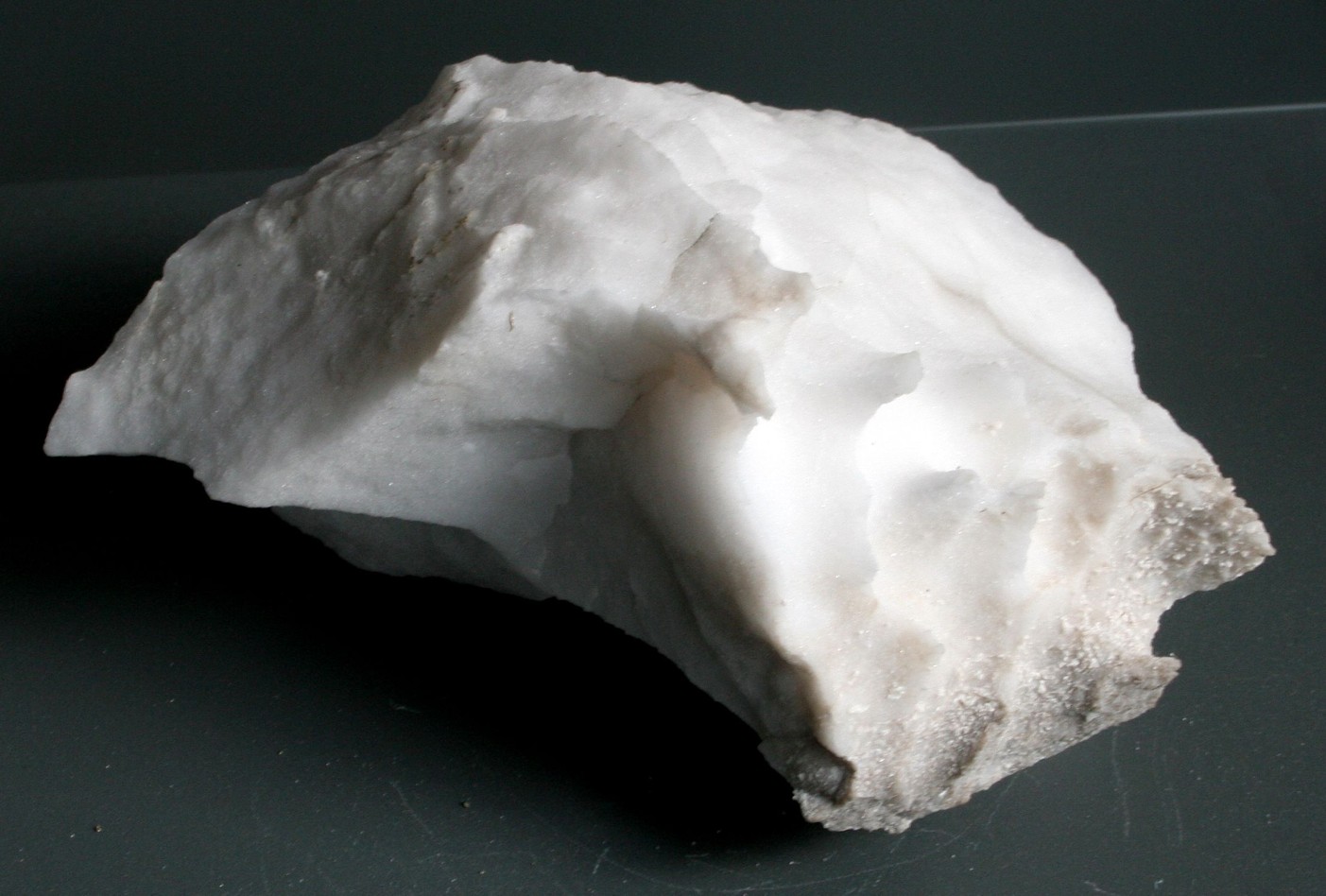 A large piece of gypsum alabaster with relatively few impurities.
Agratekt also features substantial deposits of metals, namely copper, iron, and occasionally gold. Copper and gold were both exploited heavily for Old Agratekt’s aesthetic and practical industries, but by the time iron-working technology became widespread there, the decline of Old Agratekti civilization had already begun—never mind the further ravages it would face with the incursion of the Reborn Theocracy in the early years of the Internecine Era. The rapid downfall of this civilization led to the discontinuation of a number of active mining operations. In theory, this ought to mean would-be prospectors’ work are cut out for them, yet a dearth of fresh water and other resources for sustenance has complicated endeavors to revive Agratekt’s former industries.
Given that the historical record suggests fresh water was once abundant in Agratekt, yet now this is anything but the case, it is suspected that many of the region’s freshwater reserves are finite in nature rather than fed by annual rains or snowfall. This may also help explain the scattered distribution of the few extant settlements there. The scarcity of potable water across Agratekt has sometimes proven fatal to prospectors as well as those who have sought to salvage (or plunder) the numerous historic sites there.
Perhaps more coveted than Agratekt’s mineral and cultural resources, however, are the deposits of nitratite that geologists and alchemists claim must exist in abundance there. The precedents for these claims are based on the occasional discoveries of natural nitratite deposits in arid Far Takhet to the northwest. Chemically similar substances have also been in bat-infested caves in the distant realm of Au-na-Lai. Bat caves aside, the most reliable sources of nitratite appear to be underground and semi-underground geological systems which receive infrequent precipitation in otherwise arid regions. How exactly nitratite crystals have formed in these settings is yet unknown, but the desiccated river valleys and coast-adjacent cave systems of Agratekt are prime candidates for nitratite deposits comparable to those found in Far Takhet. If the prevailing theories hold true, such findings could make Agratekt the future site of explosive conflicts—quite literally so, as nitratine is the key ingredient in the black powder that, for better or worse, has already begun to revolutionize both industry and warfare in Tahuum Itaqiin’s centers of civilization.
A large piece of gypsum alabaster with relatively few impurities.
Agratekt also features substantial deposits of metals, namely copper, iron, and occasionally gold. Copper and gold were both exploited heavily for Old Agratekt’s aesthetic and practical industries, but by the time iron-working technology became widespread there, the decline of Old Agratekti civilization had already begun—never mind the further ravages it would face with the incursion of the Reborn Theocracy in the early years of the Internecine Era. The rapid downfall of this civilization led to the discontinuation of a number of active mining operations. In theory, this ought to mean would-be prospectors’ work are cut out for them, yet a dearth of fresh water and other resources for sustenance has complicated endeavors to revive Agratekt’s former industries.
Given that the historical record suggests fresh water was once abundant in Agratekt, yet now this is anything but the case, it is suspected that many of the region’s freshwater reserves are finite in nature rather than fed by annual rains or snowfall. This may also help explain the scattered distribution of the few extant settlements there. The scarcity of potable water across Agratekt has sometimes proven fatal to prospectors as well as those who have sought to salvage (or plunder) the numerous historic sites there.
Perhaps more coveted than Agratekt’s mineral and cultural resources, however, are the deposits of nitratite that geologists and alchemists claim must exist in abundance there. The precedents for these claims are based on the occasional discoveries of natural nitratite deposits in arid Far Takhet to the northwest. Chemically similar substances have also been in bat-infested caves in the distant realm of Au-na-Lai. Bat caves aside, the most reliable sources of nitratite appear to be underground and semi-underground geological systems which receive infrequent precipitation in otherwise arid regions. How exactly nitratite crystals have formed in these settings is yet unknown, but the desiccated river valleys and coast-adjacent cave systems of Agratekt are prime candidates for nitratite deposits comparable to those found in Far Takhet. If the prevailing theories hold true, such findings could make Agratekt the future site of explosive conflicts—quite literally so, as nitratine is the key ingredient in the black powder that, for better or worse, has already begun to revolutionize both industry and warfare in Tahuum Itaqiin’s centers of civilization.

Alabaster by Lanzi
Type
Wasteland
Location under
Included Locations
Related Ethnicities
Related Materials
Climate:
Hot Desert (BSh)
Hot Steppe (BSh)
Hot-summer Haifatneh (Csa)
Remove these ads. Join the Worldbuilders Guild

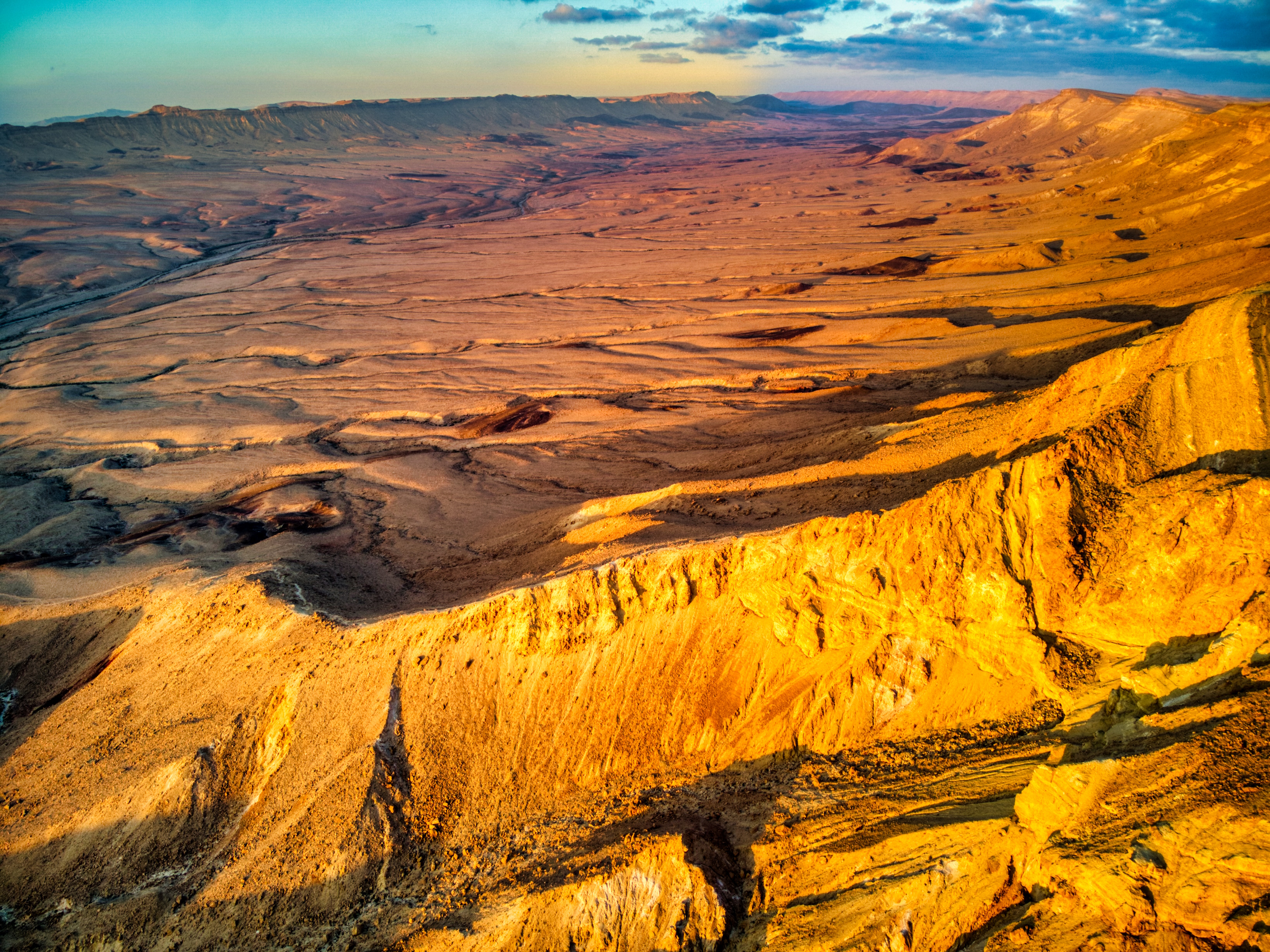
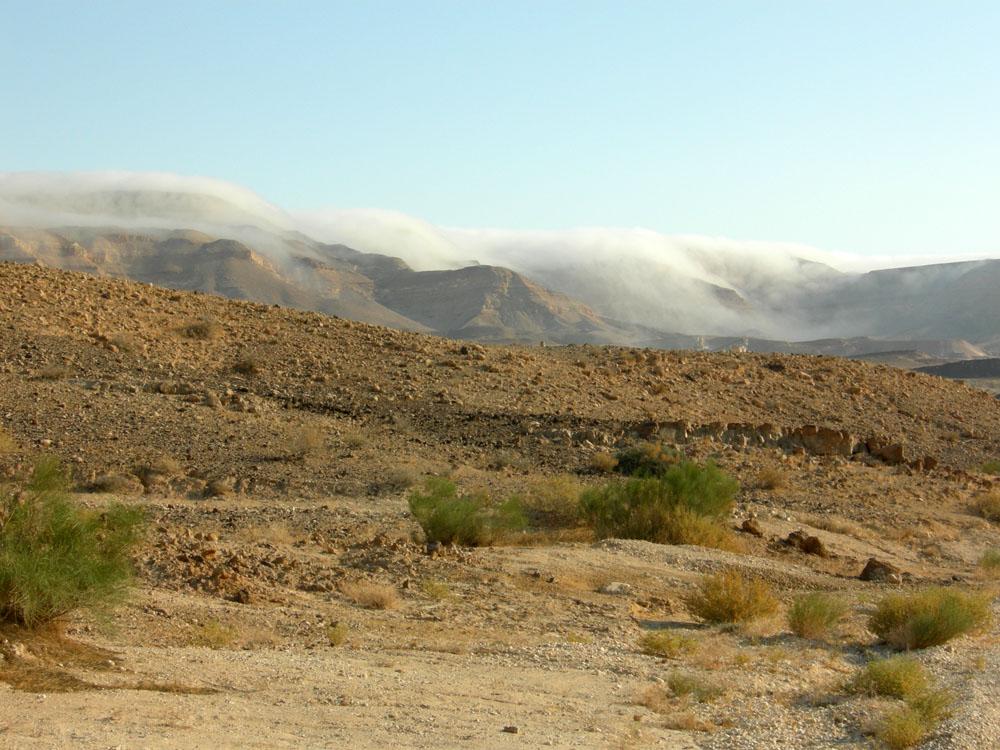








Comments